The universe holds many secrets, but perhaps none are quite as mind-bending as the relationship between black holes and time itself. These cosmic giants don’t just bend space – they literally slow down time, creating a phenomenon so bizarre that it sounds like pure science fiction. Yet this is the reality we live in, where the strongest gravitational forces in the universe can stretch seconds into centuries and potentially unlock the deepest mysteries of existence.
The Time-Bending Reality of Gravitational Forces
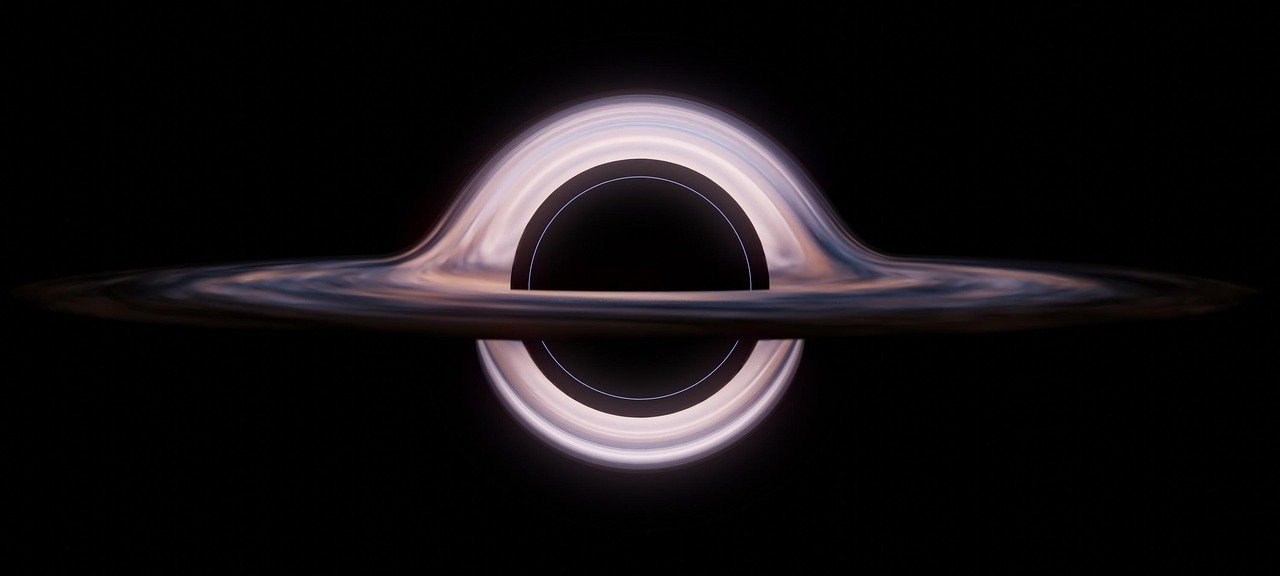
Black holes create something called time dilation, where time passes slower closer to the black hole than further away. This happens because massive objects like black holes create strong gravitational fields that curve and stretch the “fabric” of space-time. Picture yourself standing next to one of these cosmic monsters – every second you experience would stretch into minutes or even hours for someone watching from a safe distance.
An object falling into a black hole would appear to slow as it approaches the event horizon, taking an infinite amount of time to reach it. All processes on this object would appear to slow down from the viewpoint of a distant observer, and any light emitted by the object would appear redder and dimmer. It’s like watching a movie in extreme slow motion, except this isn’t a special effect – it’s the fundamental nature of reality itself.
Einstein’s Wild Vision Comes to Life
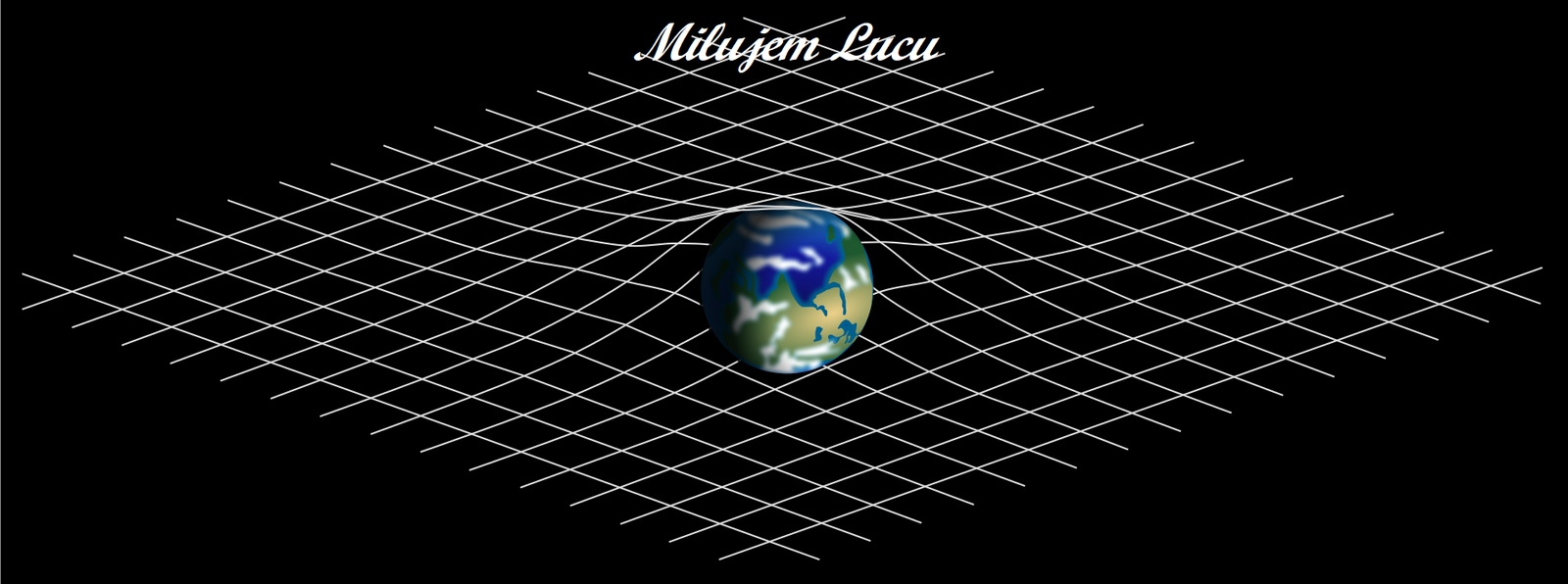
More than a century ago, Albert Einstein shocked the world with his theory of general relativity. According to Einstein, gravity isn’t just a force pulling things together; it’s actually the bending of spacetime by massive objects. Back then, most people thought Einstein’s ideas were too strange to be true. Today, we know he was absolutely right.
In a sense, gravity and time dilation are the same thing: they are both consequences of the curvature of spacetime near a massive body. You can’t have one without the other. We actually experience a very small amount of time dilation here on Earth because of Earth’s gravity. This has been seen on airplanes where clocks tick at slightly faster rates in the air as opposed to on the ground. Astronauts living on the International Space Station also experience time at a slightly different rate because they are further from the gravitational pull of the Earth.
The Extreme Physics of Black Hole Horizons
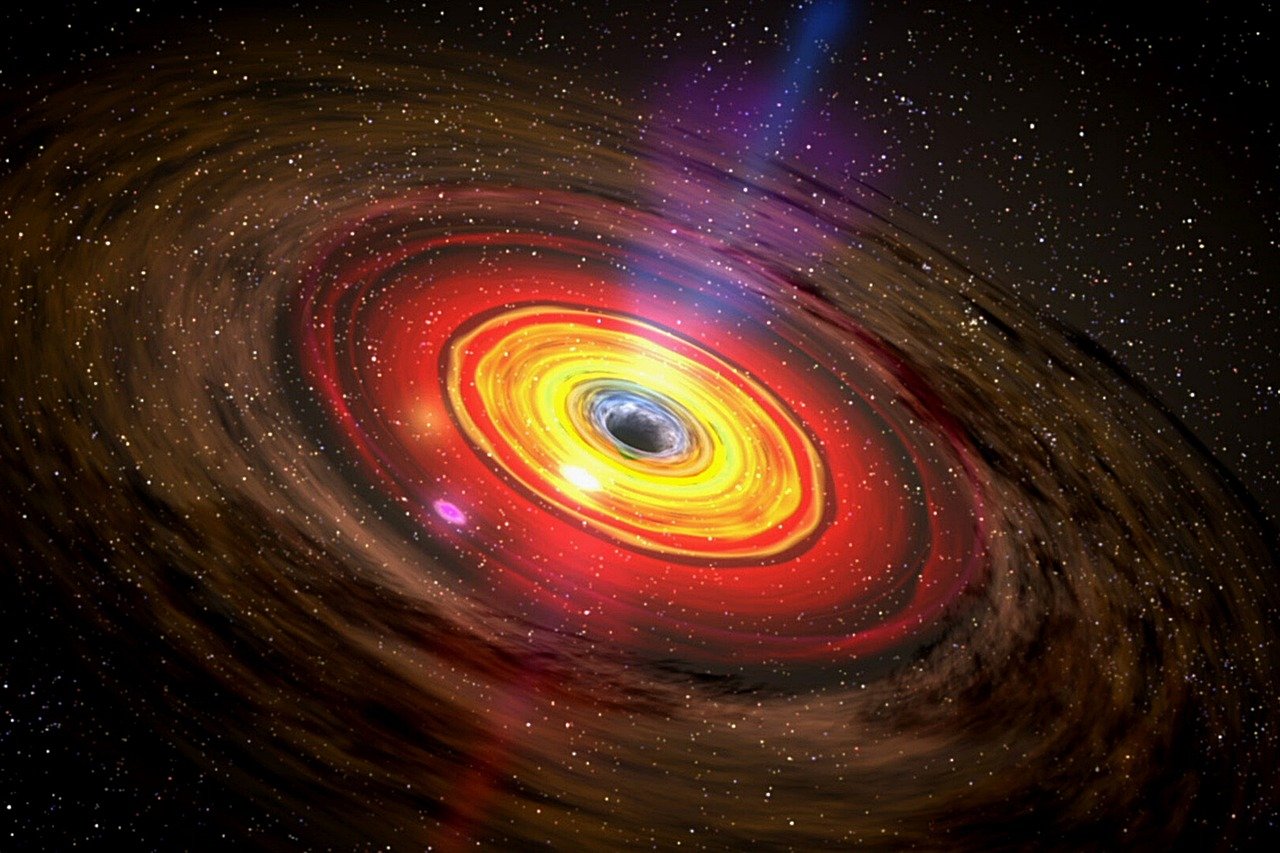
At the event horizon of a black hole, time dilation goes to infinity, which physically corresponds to an outside observer never actually seeing anything cross the horizon. This creates one of the strangest situations in physics – from your perspective falling into a black hole, you’d cross the event horizon in a normal amount of time, but someone watching from outside would see you frozen at the edge forever.
The curved spacetime geometry near a spherical black hole is such that the basis vectors in the time direction get shorter as one moves closer to the black hole. You can picture this geometrically as the time dimension getting “squeezed” as one moves radially towards the black hole. It’s as if space itself is running out of room for time to happen normally.
Hollywood Gets It Right for Once
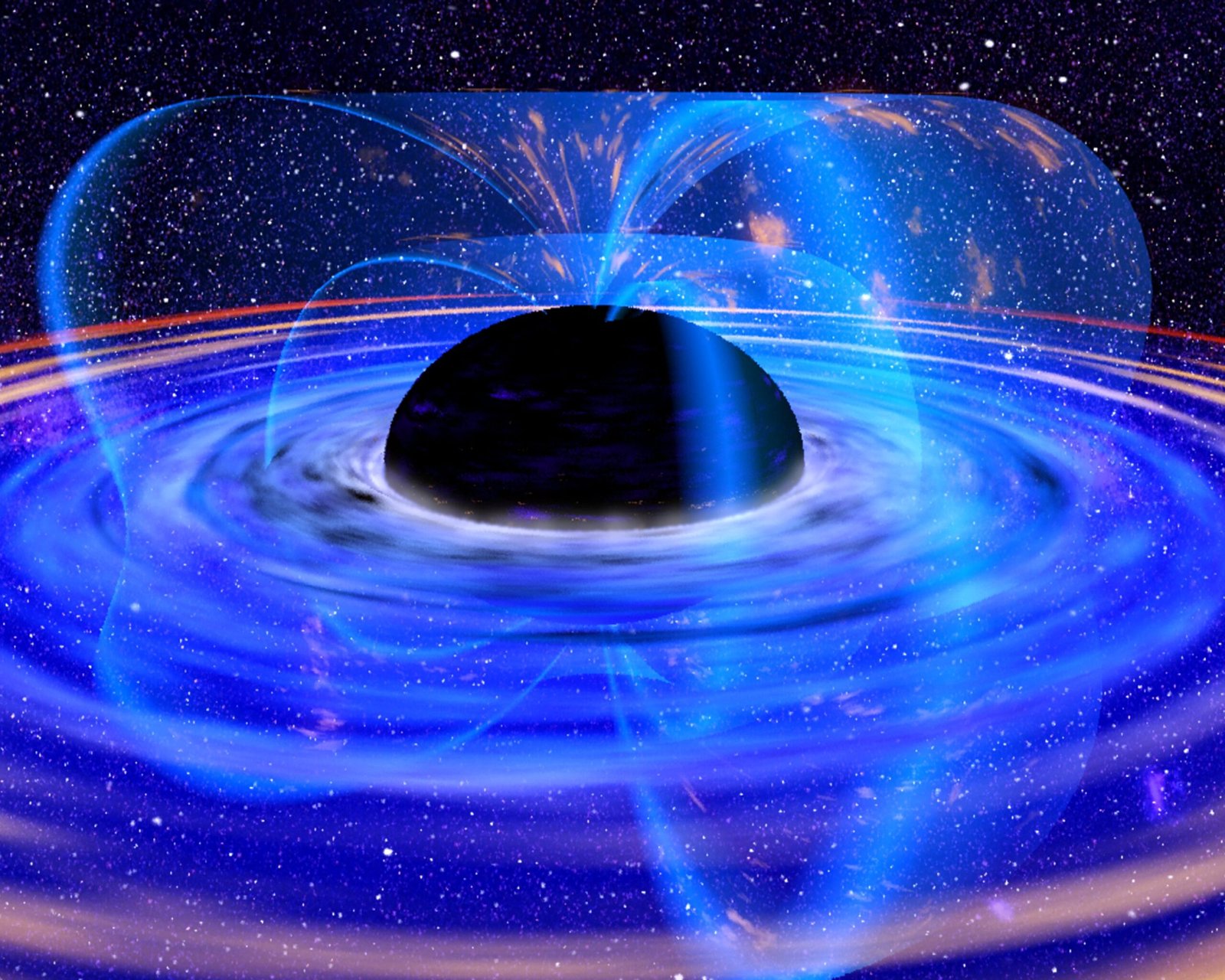
Movies like “Interstellar” have turned black holes into pop culture icons, but the science is even stranger than fiction. In the film, astronauts visit a planet near a supermassive black hole, where an hour on the surface equals seven years elsewhere. Astrophysicists worked with the filmmakers to get the numbers right, and surprisingly, the effect is real – though maybe not quite as dramatic.
In a 2024 roundtable, physicist Kip Thorne explained how they went over every calculation to make sure the time dilation was plausible. Recent observations of real black holes have confirmed that the time-warping effects are just as dramatic as science suggests. As one NASA researcher quipped, “It’s the closest thing to immortality physics can offer, but at a terrible cost.”
Revolutionary Observations from Space
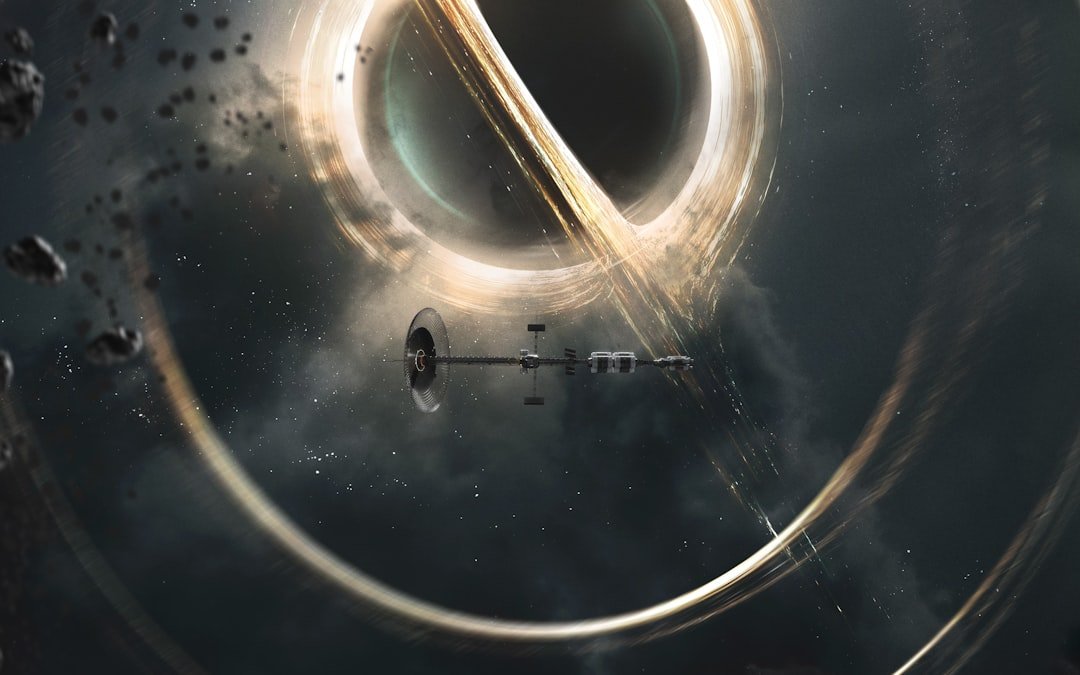
Scientists using advanced space telescopes have observed light from matter swirling around black holes in distant galaxies. By tracking the flicker of X-rays, they watched as the signals became stretched and slowed, direct evidence of time dilation happening in real time. Such observations provide direct evidence of these theoretical predictions in action.
As Dr. Maria Rojas, a co-author on the study, noted, “We’re not just seeing the math – we’re seeing the universe’s clockwork in action.” These observations help confirm that the universe truly does keep different clocks for different places. Imagine if your watch ran differently depending on where you stood in your house – that’s essentially what happens on cosmic scales near black holes.
The Thermodynamic Connection

Just like any physical system, black holes are governed by the laws of thermodynamics. The radiation they emit corresponds to a temperature that depends on their size – the smaller the black hole, the higher its temperature and rate of energy loss. Over time, this gradual energy loss causes the black hole to shrink.
Black hole evaporation produces a more consistent view of black hole thermodynamics by showing how black holes interact thermally with the rest of the universe. In 1974, Stephen Hawking made an astonishing discovery: black holes, long thought to be cosmic traps from which nothing could escape, are not entirely black. Instead, they emit a faint radiation, now known as Hawking radiation. This revolutionary idea reshaped the way scientists think about black holes, quantum mechanics, and the fabric of the universe itself.
The Information Paradox That Shook Physics
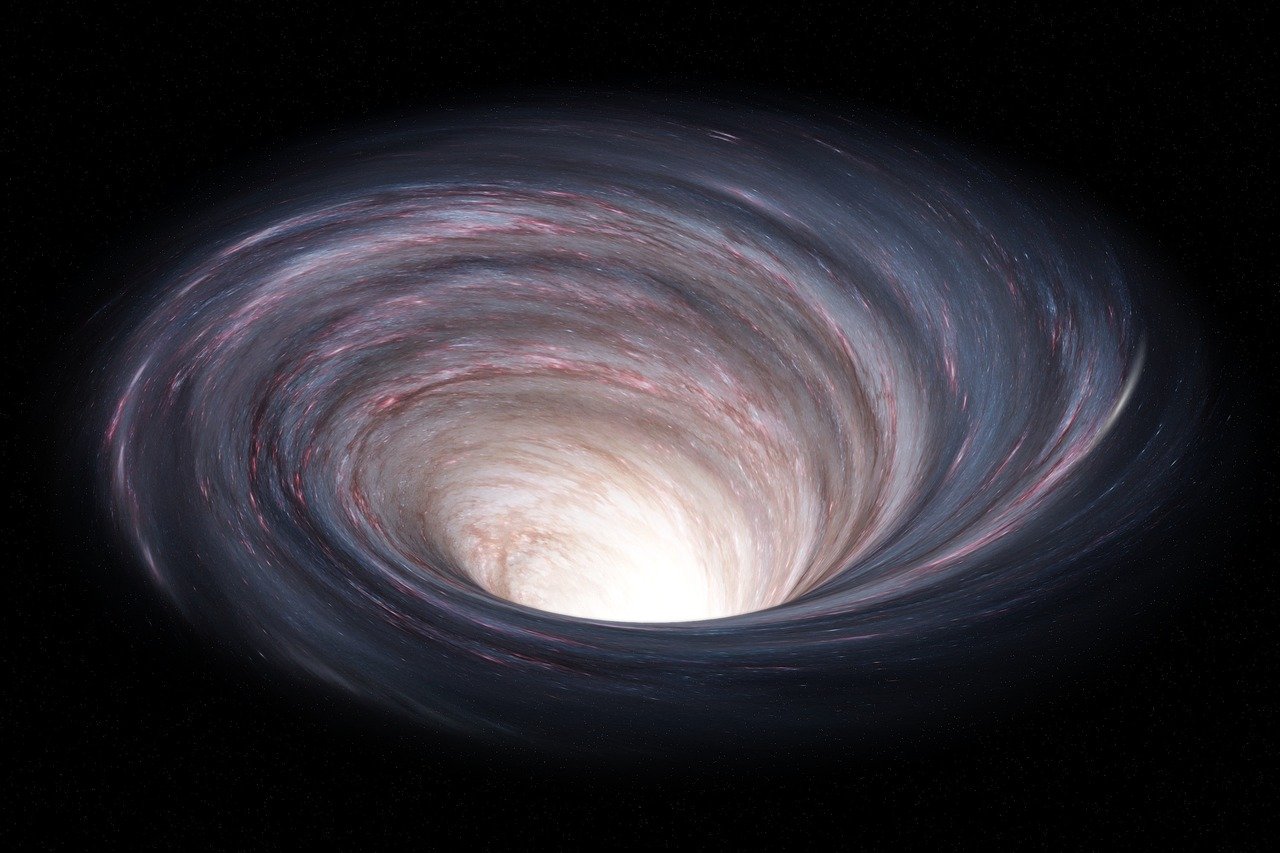
The black hole information paradox appears when the predictions of quantum mechanics and general relativity are combined. Starting in the mid-1970s, Stephen Hawking and Jacob Bekenstein put forward theoretical arguments that suggested that black-hole evaporation loses information, and is therefore inconsistent with unitarity.
Most particles that fall into a black hole are entangled with particles that remain outside, and these linkages must be maintained if the black hole is to preserve information. But Hawking’s emission carries no information about whatever had fallen in, so it doesn’t help wind back the clock. The black hole eventually empties itself of energy and evaporates away like a puddle on a summer’s day. All the matter it imprisoned is not freed but wiped out of existence. This created a fundamental crisis in physics that lasted for decades.
Natural Time Machines in Space

Black holes form natural time machines that allow travel to both the past and the future. That’s what a black hole seems to do to time – it creates a natural time machine. If you could somehow get onto what physicists call a closed timelike curve, you would find yourself on a trajectory through space that starts in the future and ends in the past. Inside the loop, you would also find that cause and effect get hard to untangle. Things that are in the past cause things to happen in the future, which in turn cause things to happen in the past!
However, there’s a catch to this cosmic time travel. You can only travel into the black hole’s past. That means that if the black hole was created after the dinosaurs died out, then you won’t be able to go back far enough. Sorry, no visits to prehistoric times – unless you find a really, really old black hole.
Recent Breakthroughs in the Mystery
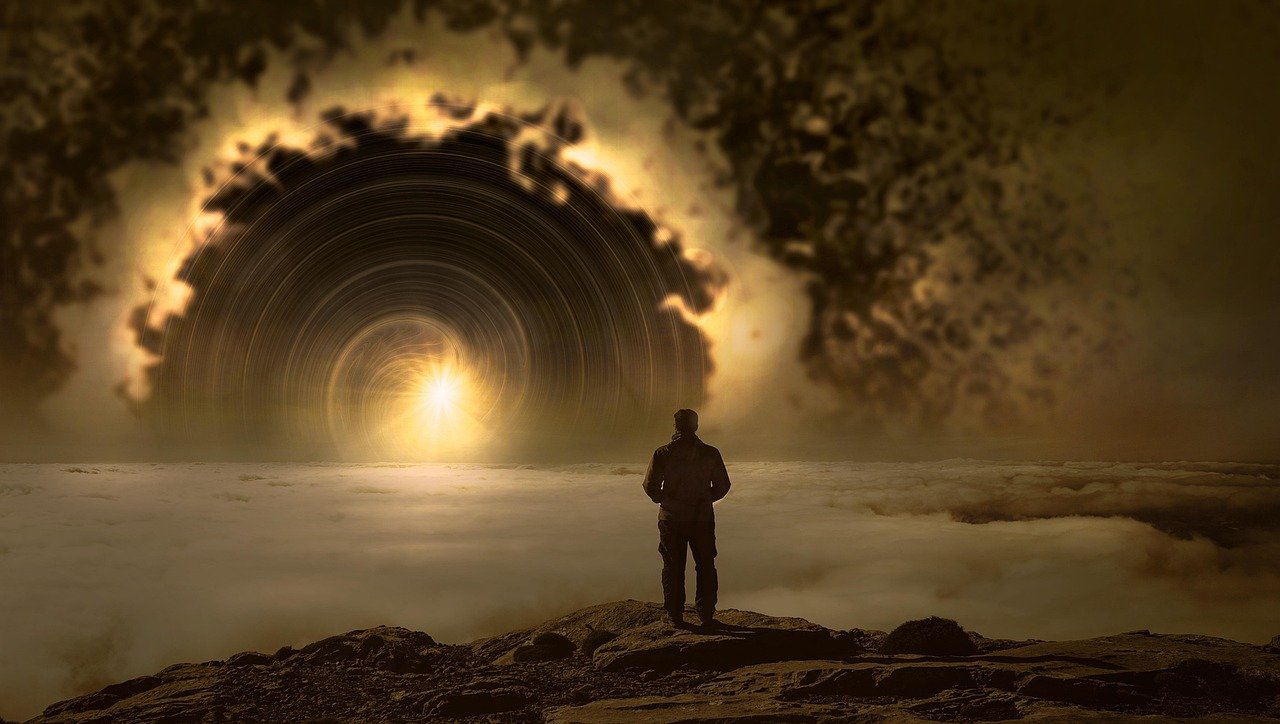
In a landmark series of calculations, physicists have proved that black holes can shed information. Significant progress has been made toward resolving Stephen Hawking’s black hole information paradox. They have found additional semiclassical effects – new gravitational configurations that Einstein’s theory permits, but that Hawking did not include. Muted at first, these effects come to dominate when the black hole gets to be extremely old. The hole transforms from a hermit kingdom to a vigorously open system.
Recent theoretical work has suggested potential mechanisms for how information could escape from black holes. Not only does information spill out, anything new that falls in is regurgitated almost immediately. The revised theory has yet to explain how exactly the information gets out, but theorists already have hints of the escape mechanism.
The Future of Black Hole Research

In some way or other, space-time itself seems to fall apart at a black hole, implying that space-time is not the root level of reality, but an emergent structure from something deeper. Although Einstein conceived of gravity as the geometry of space-time, his theory also entails the dissolution of space-time, which is ultimately why information can escape its gravitational prison.
These developments could mean more than just solving the information paradox – they could also provide clues that could help finally solve the mystery of how gravity works at the subatomic level. As MIT physicist Netta Engelhardt notes, “This is where we need to look to understand quantum gravity better.” The implications stretch far beyond black holes themselves, potentially revolutionizing our understanding of the fundamental laws that govern everything from atoms to galaxies.
Conclusion
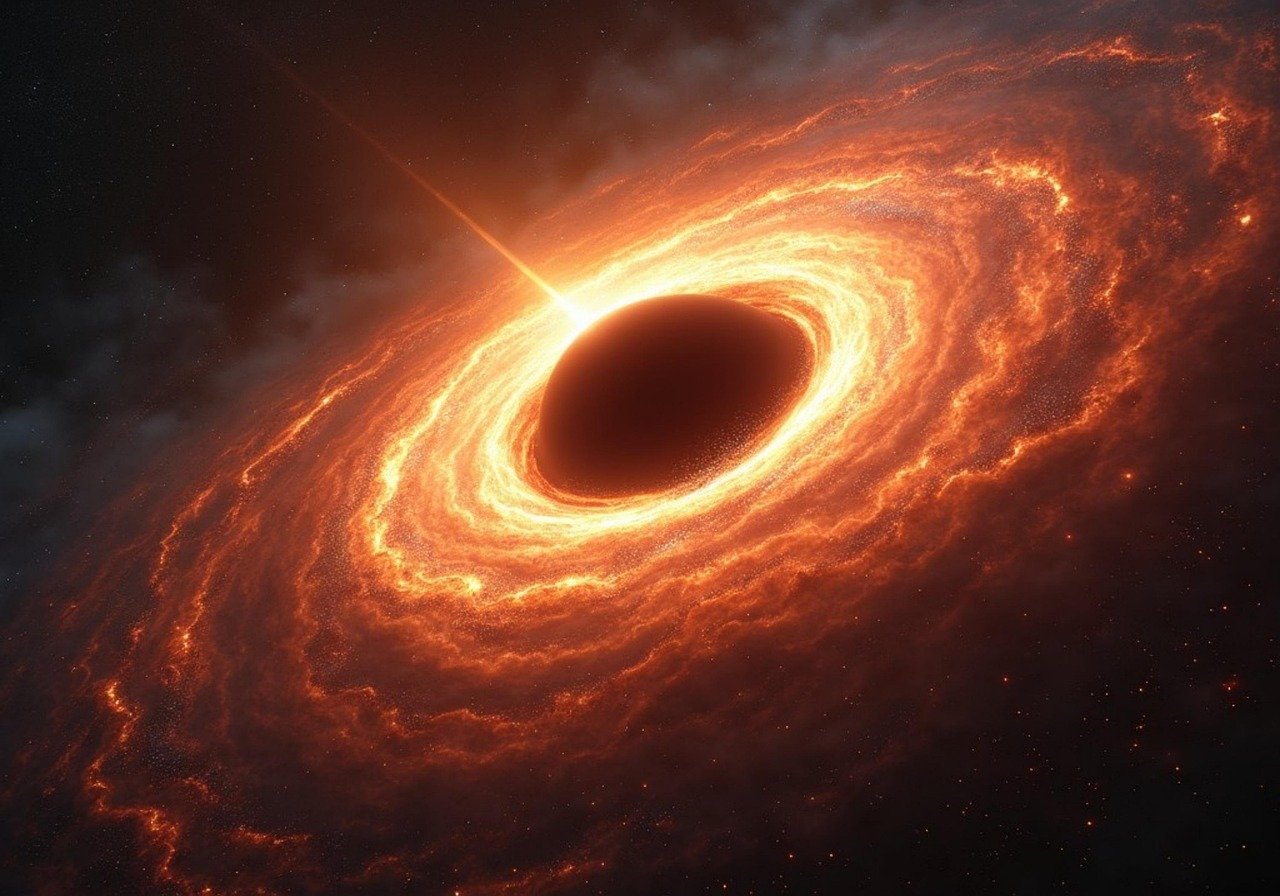
Black holes aren’t just cosmic vacuum cleaners – they’re laboratories where the universe tests its most fundamental rules. As astrophysicist Dr. Priya Natarajan puts it, “Black holes are the best laboratories for testing Einstein’s strangest ideas about time.” From warping time itself to potentially revealing how information survives in the most extreme environments, these mysterious objects continue to challenge everything we thought we knew about reality.
The secret to time that black holes hold isn’t just academic curiosity – it’s the key to understanding whether the universe operates on principles we can truly comprehend. As we stand on the brink of new discoveries, one thing becomes clear: the most extreme objects in our universe might just hold the answers to its deepest mysteries. What other secrets are hiding in the cosmic darkness, waiting for us to unlock them?

Jan loves Wildlife and Animals and is one of the founders of Animals Around The Globe. He holds an MSc in Finance & Economics and is a passionate PADI Open Water Diver. His favorite animals are Mountain Gorillas, Tigers, and Great White Sharks. He lived in South Africa, Germany, the USA, Ireland, Italy, China, and Australia. Before AATG, Jan worked for Google, Axel Springer, BMW and others.



